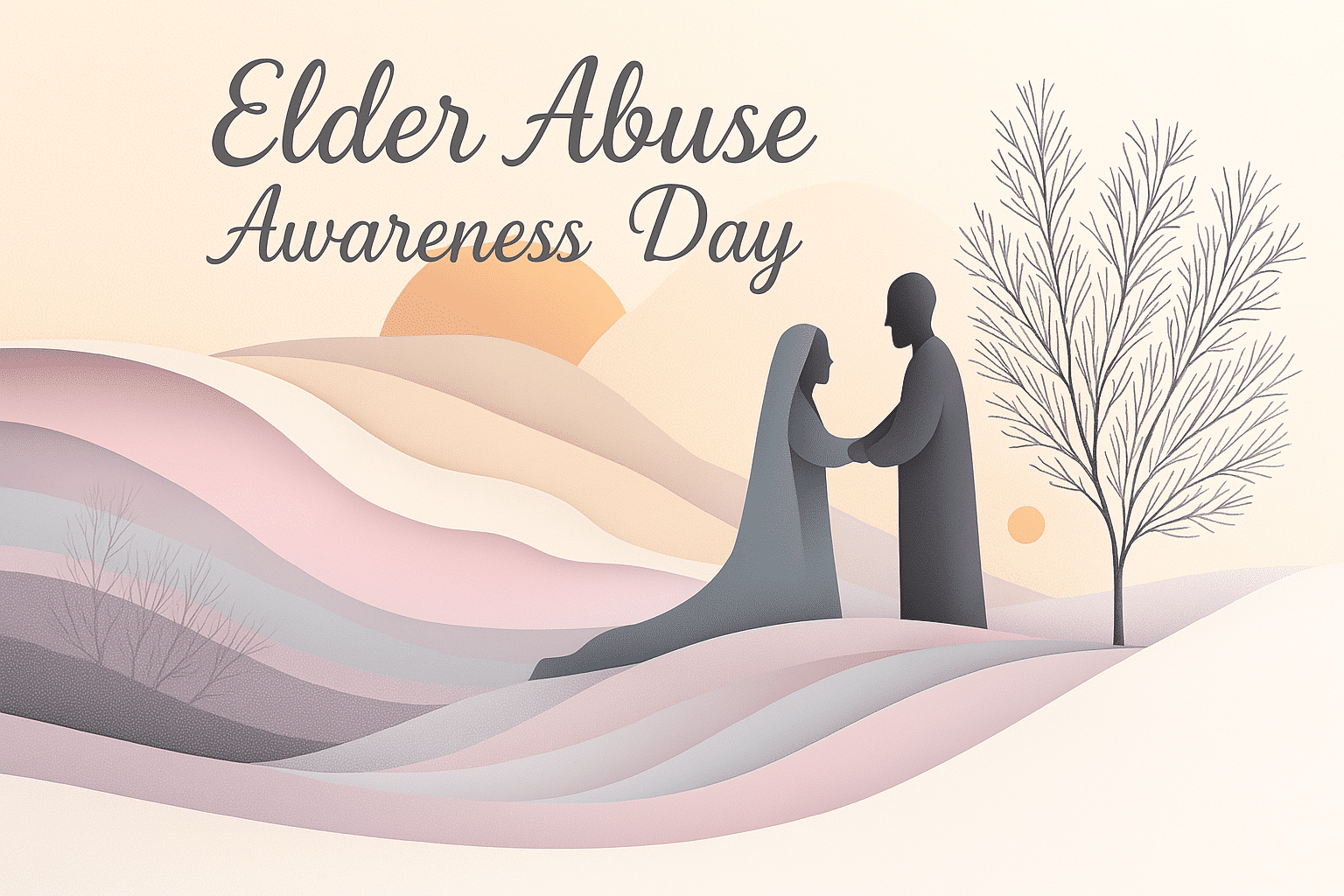What is World Elder Abuse Awareness Day?
World Elder Abuse Awareness Day is held each year on June 15. This global observance is dedicated to raising awareness of the abuse, neglect, and mistreatment that many older people face. It is a day to speak up, learn, and take action in support of the dignity and safety of older adults.
The day highlights the reality that elder abuse often goes unnoticed or unreported. It encourages individuals, communities, and institutions to protect older adults, listen to their voices, and ensure they are treated with respect. From financial exploitation to emotional neglect, the forms of abuse may vary ; but the message remains clear: no one deserves to suffer in silence.
History and Origin
World Elder Abuse Awareness Day was first established in 2006 by the International Network for the Prevention of Elder Abuse, in partnership with the World Health Organization. The date, June 15, was chosen as a global moment of reflection, action, and commitment.
In 2011, the United Nations officially recognized the day, making it a key part of its global human rights agenda. Since then, countries around the world have joined in with events, campaigns, and policy efforts. From small local gatherings to international conferences, this day continues to grow in importance and visibility each year.
Who participates in World Elder Abuse Awareness Day?
- Healthcare workers: Watch for signs of mistreatment and educate families on prevention.
- Government agencies: Promote laws, protections, and programs that safeguard elder rights.
- Community groups: Host public events, distribute information, and connect people to resources.
- Families and caregivers: Take time to listen, support, and advocate for older loved ones.
- Social service organizations: Offer reporting systems, shelter, and crisis intervention.
Slogans and Themes
Phrases like “Respect Your Elders,” “Dignity for All Ages,” and “End Elder Abuse” are widely used. The focus is on recognition, respect, and action. Campaigns often highlight the importance of intergenerational care, the rights of older people, and the need to challenge stigma and silence.
Colors, Symbols, and Patterns
Colors
- Purple: The official color of elder abuse awareness, symbolizing dignity, courage, and support.
- Grey: Often used to represent aging with grace and wisdom.
- White: Associated with peace, safety, and protection.
Symbols
- Purple ribbon: A universal sign of elder protection and advocacy.
- Holding hands: Represents care, connection, and intergenerational support.
- Open eye: Symbolizes awareness and the need to stay alert to signs of abuse.
Patterns
- Intertwined shapes: Suggest the connectedness of family, care networks, and communities.
- Ripple designs: Show how small acts of awareness can lead to broader change.
- Framing motifs: Emphasize focus on the individual, highlighting their dignity and worth.
Most Used Hashtags
- #WEAAD
- #ElderAbuseAwareness
- #RespectElders
- #EndElderAbuse
- #WorldElderAbuseAwarenessDay
How do you celebrate World Elder Abuse Awareness Day?
- Wear purple: Show visible support for awareness and advocacy.
- Attend an event: Join seminars, webinars, or rallies organized in your community.
- Learn the signs: Educate yourself on how to recognize abuse, neglect, or financial exploitation.
- Support older adults: Reach out to elders in your life, offer help, or just listen.
- Share resources: Post online, hand out flyers, or start a conversation in your workplace or neighborhood.
Why is World Elder Abuse Awareness Day important?
World Elder Abuse Awareness Day is important because it gives a voice to those who are often ignored. Elder abuse is a global issue that crosses cultures, countries, and communities. Raising awareness helps create safer environments where older people are treated with the care and dignity they deserve.
The day also empowers families, professionals, and policymakers to step up. By talking openly about the issue and supporting prevention efforts, we take real steps toward a world where aging is respected ; not feared. This day calls on everyone to play a role in ending elder mistreatment.
Features
- Elderly
- Peace and Human Rights
